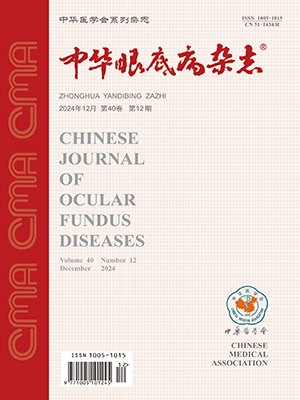Objective To investigate the spatial and temporal regulation effect of VEGF on human fetal retinal vascularization and angiogenesis. Methods The posterior segmental retinas from 54 human fetuses of the 9th week to the 40th week were studied by immunohistodhemistry standing for the expressions of VEGF and PCNA. Results 1. The distribution of VEGF espression was spiking and the peaks were during the 9th-13th and around the 26th week. 2. PCNA immunoreactivity was localized in spindle cells and vascular endothelial cells. The expression level was fluctuated during the developmental process. The peaks were during the 9th-13th and around the 21st week. In these periods, the spindle cells kept proliferating and differentiating, and remodelled subsequently to form the inner side retinal vessels. From the 26th or 34th week, the PCNA immununoreactivity is fully expressed in the vascular endothelial cells of the inner and outer margin of inner nuclear layer(INL) and kept to full terms. 3. Significant positive correlation were shown between the content of VEGF in the retina and that of PCNA in spindle cells and vascular endothelial cells(r=0.736,p<0.01). Conclusion VEGF was positively involved in modulating human fetal retinal vascularization and angiogenesis. (Chin J Ocul Fundus Dis,1999,15:12-15)
Citation: SONG Yue,ZHAO Jinsong,ZHANG Xiaoguang,et al. Regulation effect of vascular endothelial growth factor on angiogenesis in developmental human fetal retinas. Chinese Journal of Ocular Fundus Diseases, 1999, 15(1): 12-15. doi: Copy
Copyright © the editorial department of Chinese Journal of Ocular Fundus Diseases of West China Medical Publisher. All rights reserved




